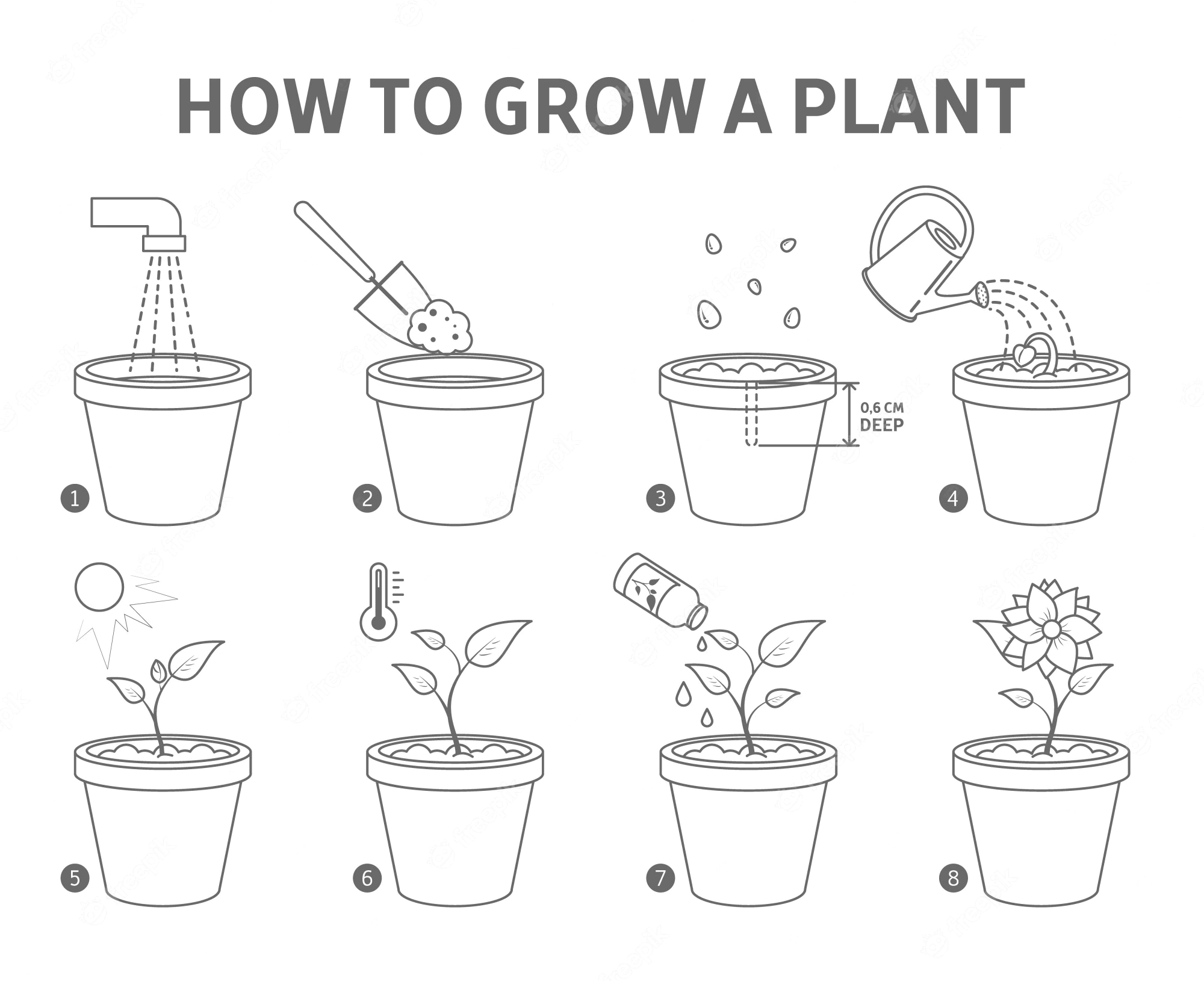
As a horticulturist, I have had the pleasure of growing a wide variety of fruit trees. However, none have been more rewarding than the mangosteen tree. The mangosteen is a tropical fruit tree native to Southeast Asia that produces a delicious, sweet fruit. However, the mangosteen tree can be challenging to grow, especially for those new to horticulture. In this article, I will provide a step-by-step guide to successfully germinating mangosteen trees.
Introduction to Mangosteen Trees
Mangosteen trees are small, tropical fruit trees that can grow up to 80 feet tall. The tree produces a sweet, tangy fruit that is popular in Southeast Asia and other tropical regions. The fruit has a hard, purple exterior and a soft, white interior. The mangosteen tree is a slow-growing tree that can take up to 10 years to produce fruit.
Understanding the Germination Process
Before we get into the germination process, it is important to understand the anatomy of a mangosteen seed. A mangosteen seed has an outer shell, a white, fleshy interior, and a small, embryo inside the flesh. The embryo is the part of the seed that will eventually grow into a tree.
The germination process for mangosteen trees can be challenging. The seed requires specific conditions to germinate, and even then, the success rate can be low. Typically, mangosteen seeds take between 20 to 30 days to germinate.
Ideal Conditions for Germinating Mangosteen Seeds
To successfully germinate mangosteen seeds, you will need to create the ideal conditions. The ideal conditions for germinating mangosteen seeds are warm temperatures, high humidity, and moist soil.
The temperature should be between 25-30°C, which is the optimal temperature range for germinating mangosteen seeds. Additionally, the humidity should be around 80% to ensure the soil remains moist.
Preparing Mangosteen Seeds for Germination
Before you start the germination process, it is important to prepare the mangosteen seeds. First, you will need to remove the outer shell of the seed. This can be done by cracking the shell open with a pair of pliers or tapping it gently with a hammer. Once you have removed the outer shell, rinse the seed under running water to remove any excess flesh.
After cleaning the seed, soak it in water for 24 hours. This will help to soften the seed coat and improve the chances of successful germination.
Germination Techniques for Mangosteen Trees
There are several techniques for germinating mangosteen seeds, but the most popular method is the paper towel method. To start, moisten a paper towel and place the seed in the center. Fold the paper towel over the seed and place it in a plastic bag. Seal the bag and place it in a warm area.
After a few days, you should see a small sprout emerging from the seed. At this point, you can transfer the seed to a pot filled with moist soil. Gently cover the seed with soil, leaving the sprout exposed.
Caring for Germinated Mangosteen Seedlings
Once the seed has germinated and the seedling has emerged, it is important to give it the proper care. The seedling should be kept in a warm, humid environment with plenty of light. Water the seedling regularly, but be careful not to overwater.
As the seedling grows, it may be necessary to transplant it to a larger pot. When transplanting, be sure to use a well-draining soil mix with plenty of organic matter.
Common Challenges in Germinating Mangosteen Trees
Germinating mangosteen trees can be challenging, and there are several common challenges that you may encounter. One of the most common challenges is seed viability. Mangosteen seeds have a short shelf life, and if they are not stored properly, they may not be viable.
Another common challenge is fungal and bacterial infections. These can occur if the soil is too moist or if the seed has been damaged.
Troubleshooting Tips for Successful Germination
If you are having trouble germinating mangosteen seeds, there are several troubleshooting tips that you can try. One of the easiest solutions is to try a different germination method. For example, you may have more success using the soil method instead of the paper towel method.
Another tip is to ensure that the soil is not too moist. This can be achieved by using a well-draining soil mix and allowing the soil to dry out slightly between waterings.
Transplanting Germinated Mangosteen Seedlings
Once your mangosteen seedling has grown to a suitable size, it is time to transplant it. The seedling should be transplanted to a larger pot or directly into the ground. When transplanting, be sure to use a well-draining soil mix with plenty of organic matter.
After transplanting, continue to care for the tree as you would any other fruit tree. This includes regular watering, fertilizing, and pruning.
Conclusion: Enjoying the Fruits of Your Labor
Growing mangosteen trees can be a challenge, but the rewards are well worth it. With the right conditions and techniques, you can successfully germinate and grow your own mangosteen tree. In a few years, you will be able to enjoy the delicious fruit of your labor.
CTA
If you are interested in growing your own mangosteen tree, be sure to follow the steps outlined in this article. With a little patience and care, you can successfully grow this tropical fruit tree. Happy gardening!






